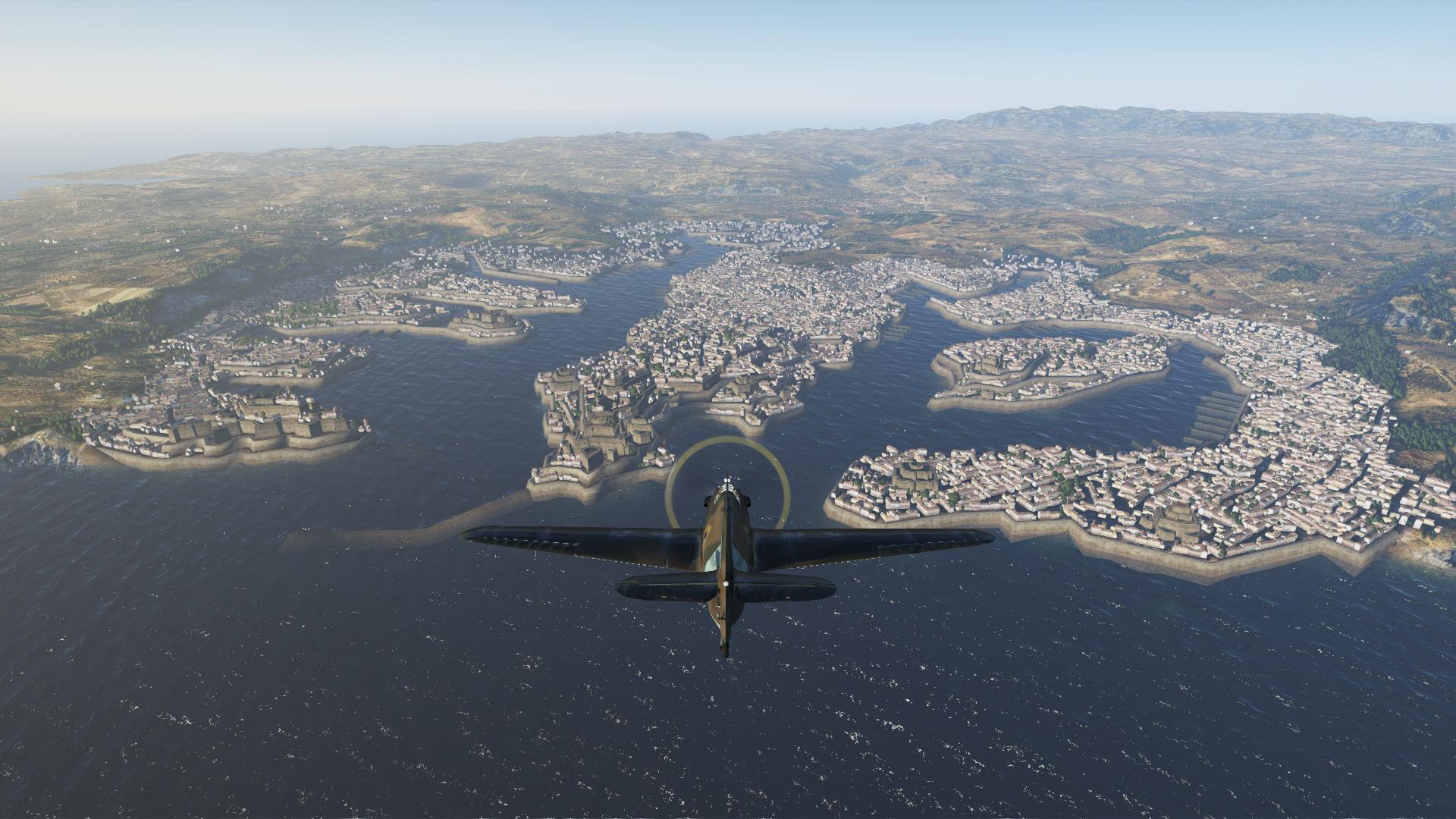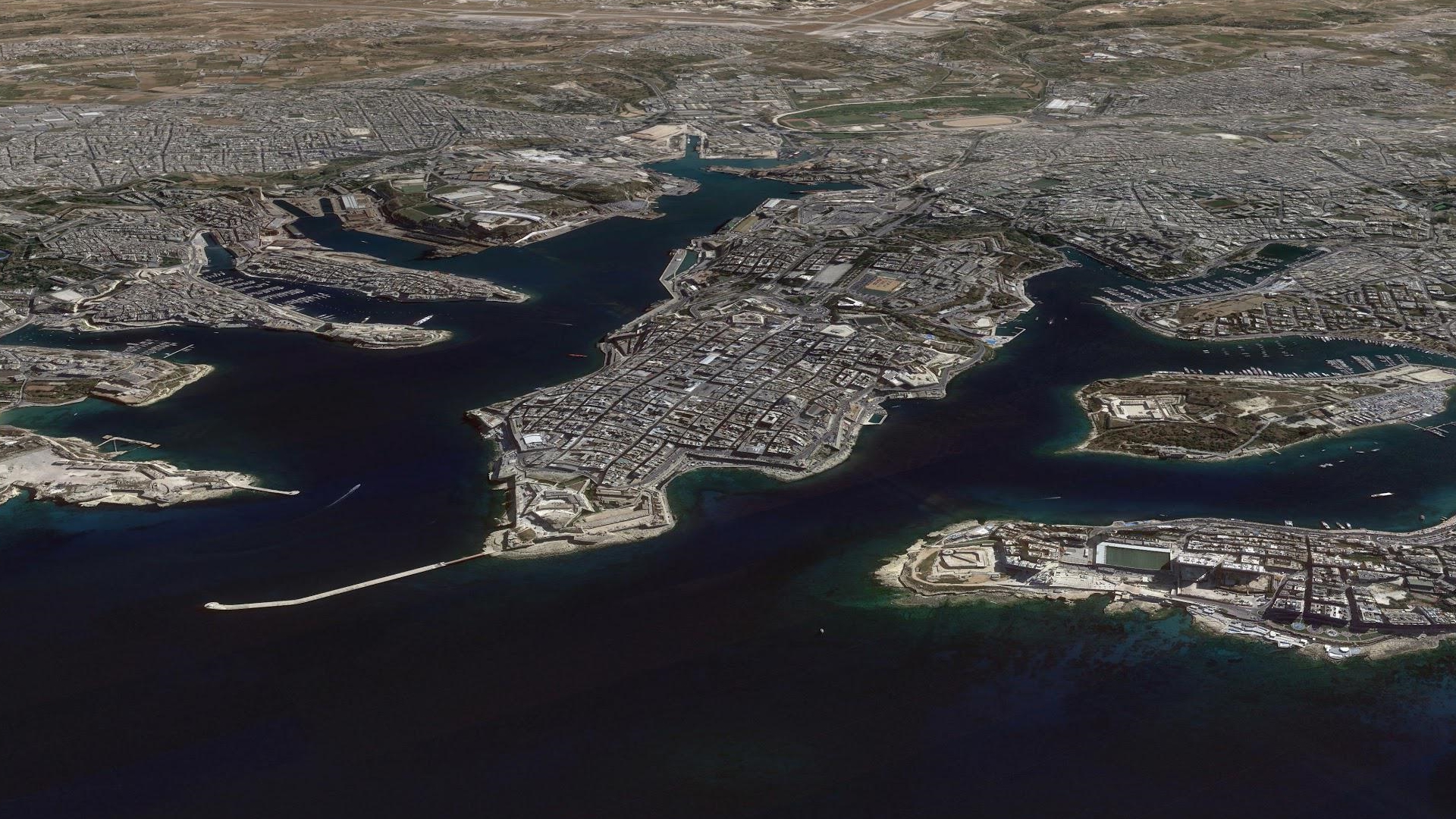
- For PC
- For MAC
- For Linux
- OS: Windows 7 SP1/8/10 (64 bit)
- Processor: Dual-Core 2.2 GHz
- Memory: 4GB
- Video Card: DirectX 10.1 level video card: AMD Radeon 77XX / NVIDIA GeForce GTX 660. The minimum supported resolution for the game is 720p.
- Network: Broadband Internet connection
- Hard Drive: 17 GB
- OS: Windows 10/11 (64 bit)
- Processor: Intel Core i5 or Ryzen 5 3600 and better
- Memory: 16 GB and more
- Video Card: DirectX 11 level video card or higher and drivers: Nvidia GeForce 1060 and higher, Radeon RX 570 and higher
- Network: Broadband Internet connection
- Hard Drive: 95 GB
- OS: Mac OS Big Sur 11.0 or newer
- Processor: Core i5, minimum 2.2GHz (Intel Xeon is not supported)
- Memory: 6 GB
- Video Card: Intel Iris Pro 5200 (Mac), or analog from AMD/Nvidia for Mac. Minimum supported resolution for the game is 720p with Metal support.
- Network: Broadband Internet connection
- Hard Drive: 17 GB
- OS: Mac OS Big Sur 11.0 or newer
- Processor: Core i7 (Intel Xeon is not supported)
- Memory: 8 GB
- Video Card: Radeon Vega II or higher with Metal support.
- Network: Broadband Internet connection
- Hard Drive: 95 GB
- OS: Most modern 64bit Linux distributions
- Processor: Dual-Core 2.4 GHz
- Memory: 4 GB
- Video Card: NVIDIA 660 with latest proprietary drivers (not older than 6 months) / similar AMD with latest proprietary drivers (not older than 6 months; the minimum supported resolution for the game is 720p) with Vulkan support.
- Network: Broadband Internet connection
- Hard Drive: 17 GB
- OS: Ubuntu 20.04 64bit
- Processor: Intel Core i7
- Memory: 16 GB
- Video Card: NVIDIA 1060 with latest proprietary drivers (not older than 6 months) / similar AMD (Radeon RX 570) with latest proprietary drivers (not older than 6 months) with Vulkan support.
- Network: Broadband Internet connection
- Hard Drive: 95 GB

From 11:00 GMT on June 12th to 07:00 GMT on June 15th
Take part in the event, dedicated to events related to the Siege of Malta:
Operation Malta (Arcade Battles)
Operation Malta (Realistic Battles)
Convoy Interception (Simulator Battles)
Historical setups with British carrier aircraft
The missions are available for all Air Battle game modes and can be found
in the 'Events & Tournaments' tab under 'Historical Events'.
|
|
The British already had possession of a suitable 20mm aviation cannon around the early 1940's - the Hispano-Suiza HS.404, a French weapon which had been purchased and manufactured under the designation ‘Hispano Mk.I’. This early version was loaded from 60-round drum magazines, and were installed on Westland Whirlwinds and Bristol Beaufighter night fighters, which gave them enough firepower to destroy German bombers relatively quickly. The decision was then made to mount this weapon on Spitfires and Hurricanes as well. Regarding Spitfires, a wing modification was needed for this cannon armament. Thus, the “B” wing type was constructed, in contrast to the original “A” wing suited for machine gun armaments. This new wing allowed the installation of two Hispano Mk.I cannons and four .303 machine guns, albeit the cannons had to be installed on their sides, as the usual position of the drum magazine being atop the weapon would not fit into a Spitfire’s wing.
|
|
One of the most well known deployments of cannon-armed Spitfires was at the Siege of Malta. Situated in the Mediterranean Sea, and held by British forces, Malta had immeasurable strategic value. Because of this “unsinkable aircraft carrier”, as the island was often referred to, the RAF were able to successfully disrupt Axis shipping lines and agitate the flow of supplies to North Africa, thus weakening the Axis forces situated there. Because of this, it was planned that Malta would become subject to devastating air raids in order to destroy as much of the British forces as possible. The air raid campaign began on the 11th June 1940. RAF forces in the area consisted mainly of Hawker Hurricane and Gloster Gladiator fighters, with Gladiators being steadily replaced by Hurricanes onwards from 1940. The British forces were able to hold their own against the numerically superior Italian forces, confirming 45 Italian aircraft shot down as of the end of 1940, with the help of aircraft ferry operations replacing their losses. This was a crucial part for the entire operation, as the remote location of the island strained the supply of spare parts, and many Hurricanes had to be grounded due to maintenance issues.
 |
 |
| Valletta Port on Malta in War Thunder | Valletta Port on Malta through Google Maps |
From January 1941, the situation worsened for the British as they encountered the Luftwaffe. Experienced German fighter pilots soon achieved air superiority over the island, and German bombers attacked Allied shipping routes in order to literally starve the island’s defenders. However, despite the Allies suffering heavy losses in terms of ships and aircraft, the British continued to fight. It proved difficult though, as Hurricanes were outperformed by the more modern Bf 109 German fighter aircraft.





